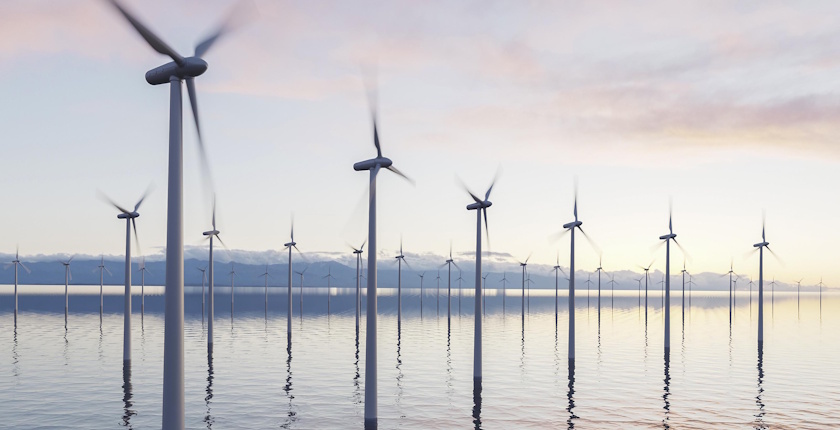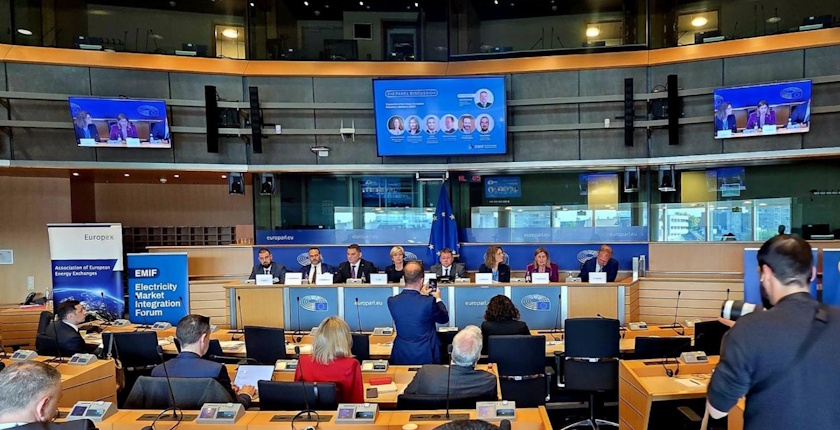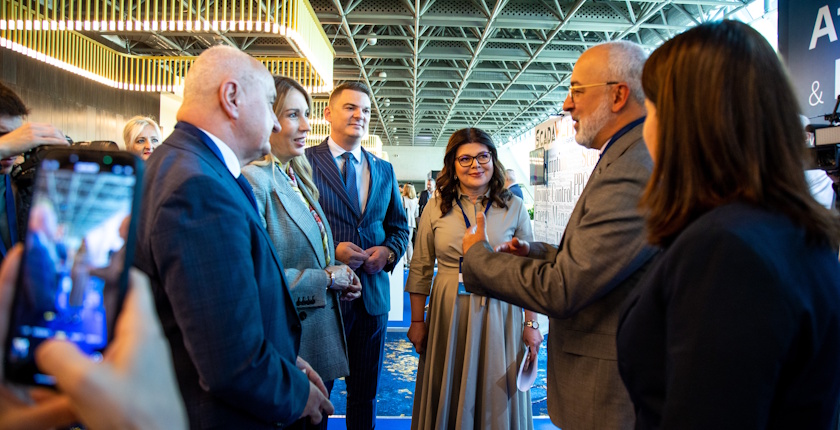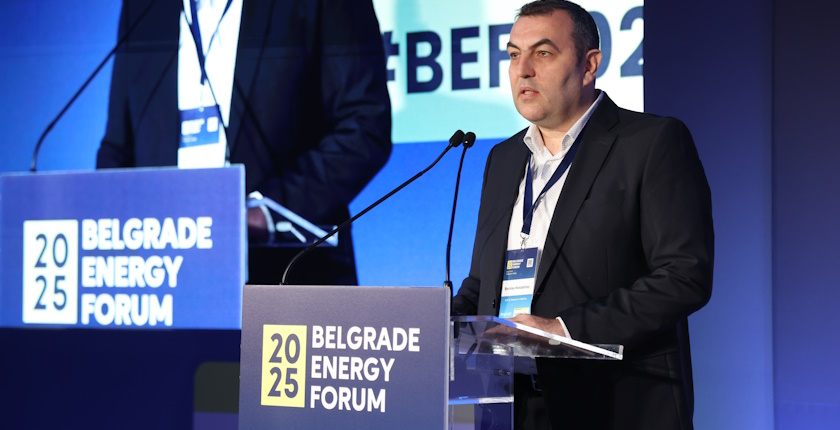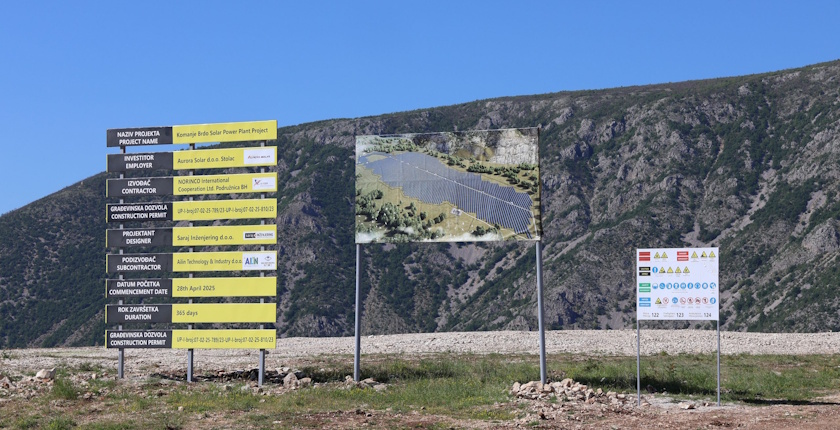
Romania to commission offshore wind study, targeting 3 GW by 2035
The Ministry of Energy of Romania launched a public call for expressions of interest for a study identifying areas in the Black Sea for concession agreements for offshore wind farms. It encouraged consortia of international and domestic firms and research institutions to apply.
Romania is gradually developing the legal framework for the start of the first offshore wind power projects in domestic waters in the Black Sea. Qualified companies and research institutions can express interest in conducting the necessary Specialized Study for the Delimitation of Offshore Areas that Can Be Concessioned for the Exploration, Construction, and Operation of Offshore Wind Power Plants, the Ministry 0f Energy said.
The country adopted the relevant law last year, followed by a roadmap.
“The study we are preparing will form the basis of strategic decisions on the concession of offshore perimeters and will provide investors with a clear vision, scientifically substantiated and in line with international best practices,” Minister of Energy Sebastian Burduja said. Interested entities can submit their expressions of interest by email by June 10.
Study to determine areas with offshore wind power potential of at least 800 MW each
The ministry said consortia of international and domestic firms are encouraged to apply. The World Bank estimated Romania’s wind power potential in the Black Sea at 76 GW.
The Energy Strategy 2025-2035 with a perspective until 2050 targets the first 3 GW by 2035, the announcement notes. Burduja said a year ago that the first facility could come online already in 2032.
Areas or perimeters will have a potential capacity of at least 800 MW each, according to the call. The study needs to establish the technical and strategic basis for the development of offshore wind farms in Romania’s Black Sea Exclusive Economic Zone.
Best practices, standardized methodology required
The task involves wind potential analysis, geotechnical and seabed studies, biodiversity and marine environment assessment and the connectivity to the national energy system. In the study, the selected contractor must include commercial navigation routes, fishing areas, existing submarine cables and pipelines, oil and gas exploration and production areas, military or national security zones and other
maritime uses and restrictions that may interfere with offshore wind development.
The work should be based on best practices and standardized methodology, the ministry pointed out. It said the offshore wind study implies collection and analysis of available metocean, geological, ecological, infrastructure and other data, use of GIS systems to overlay information layers (wind, depths, habitats and constraints), and modelling and calculations of estimated energy production.

